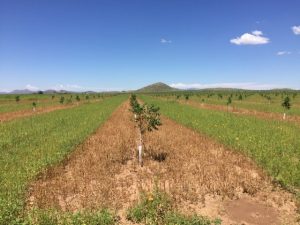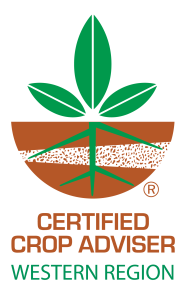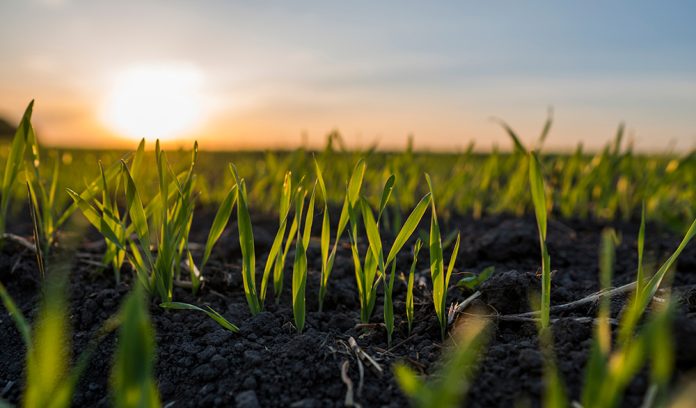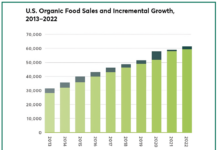There is no denying now the fact humic and fulvic acids are not snake oils, but rather an important pillar to all crop nutrition and protection programs. It is important to fully understand how the two products differ and how each has a valuable place in the field, no matter the crop. To make sense of this, we must ask a few important questions about humic and fulvic acids to have a better fundamental understanding of them and how crop advisers and growers look at the use of these products in a matter that makes sense agronomically. With current budget constraints, when do humic and fulvic products make the most sense? What constitutes the right choice of product? All very important questions to ask of the humic and fulvic acids of final choice.

Humic Acid
There is both a dry and a liquid option when it comes to humic acid products. This leaves a perfect flexibility in options to meet needs of growers in nearly all situations. Humic acid chains can vary in size and length depending on quality. So inherently they have a certain place where they fit.
Dry humic acid, commonly known as Leonardite, is a black to brown soft and soluble product that can be spread alone or blended with most fertilizers to improve soil conditions and nutrient availability. Adding dry blended Leonardite to dry phosphate fertilizers is a great way to improve availability of phosphates upfront, but it’s also a great tool in remediation of sodic ground.
Liquid humic acid should be rich in color. No matter the quality, humic acid can be littered with solids and particulates to plug screens and nozzles. This can leave a grower or advisor feeling frustrated, whether from plugging or what’s left in the product container. Find a high-percentage humic that has been refined in some matter. These products exist and are made in a variety of ways to be clean and particulate-free. You should have a humic acid product you can confidently be able to spray or run through a drip system with no issue. While I do struggle professionally with using humic acid as a sprayable product, it is widely used in ‘high-value’ foliar sprays, and I feel the value there comes from the fulvic acid content in that humic product to provide the efficacy sought in the addition to the spray tank. Additionally, humic alone can play a role in buffering the tank components, leading to more successful sprays.
Fulvic Acid
Fulvic chains are small, much smaller than that of humic acids. That molecule size allows for it to pass through the leaf with ease while acting as a chelating agent to allow the tank mix partner into the leaf. So, fulvic has a definite use with foliar nutrients, translaminar and systemic insecticides, fungicides and, most importantly, herbicides. As a crop adviser, the last four to five seasons I have written into most herbicide recommendations a fulvic acid to aid in efficacy. It took me some time to get on board, but I have seen a significant increase in efficacy in translaminar insecticides and in use with herbicides. This has helped greatly in areas where I question herbicide resistance. The efficacy increase is noticed, and from my preferred source of product, the cost is around $1.25/acre.
Search for humic and fulvic products that meet the intersection of quality and cost. Just because a product is expensive does not always make it better. Being at a lower price point does not make it inferior. A clean and quality product is the key, more so for your humic acid choice over the fulvic product choices, which are normally refined, clean and pure. Challenge your provider to show the tests and testing methods used to establish quality.




















